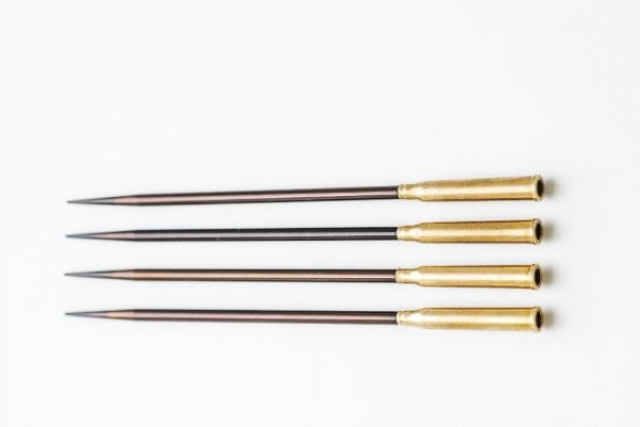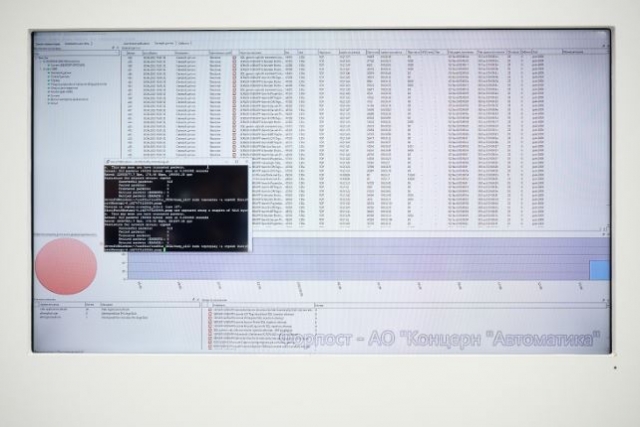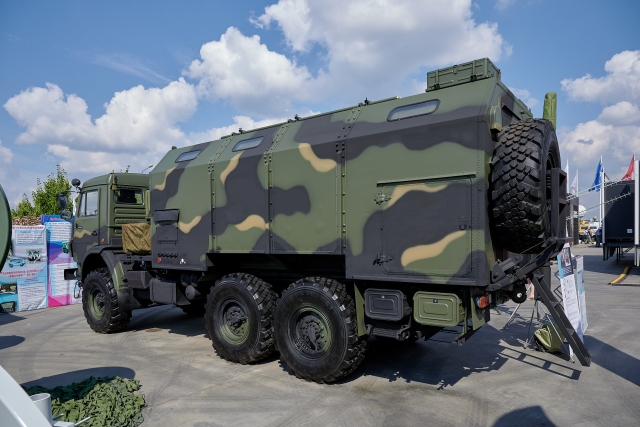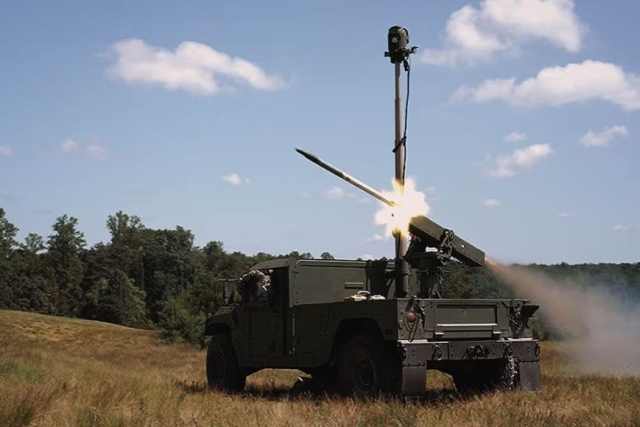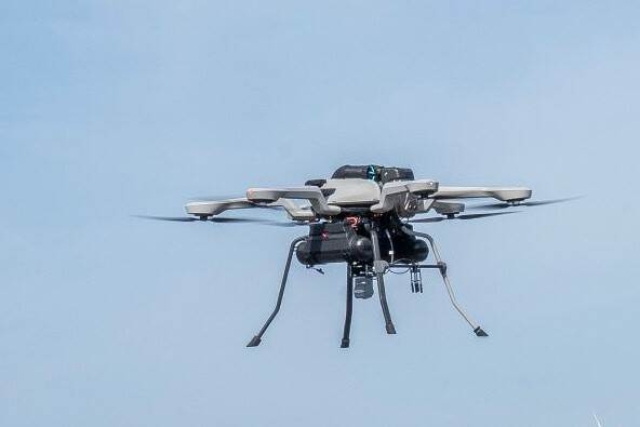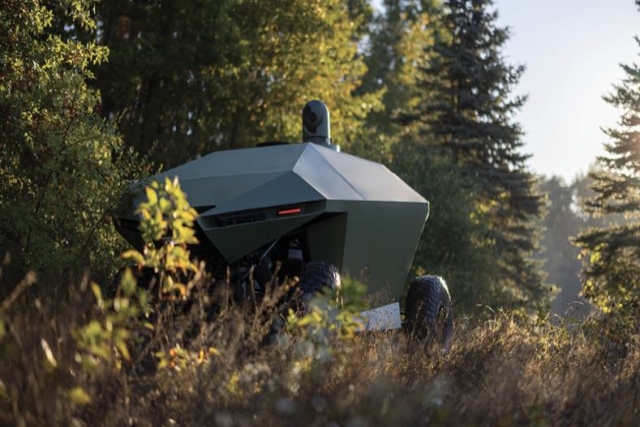Rostec's AI System will Teach Drones to Detect Suspicious Objects
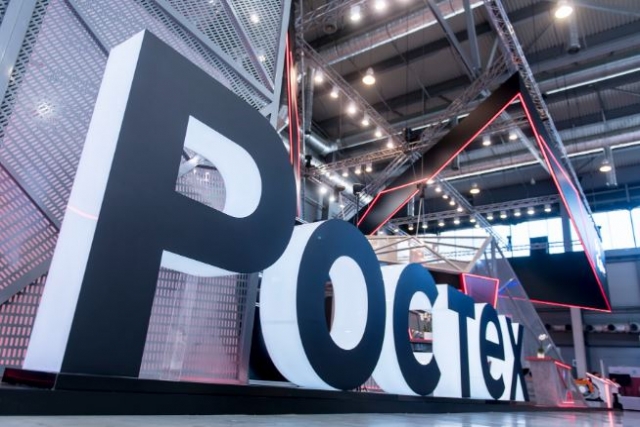
Rostec’s Roselectronics holding has developed a self-learning program that will enable drones to identify suspicious objects, memorize them and subsequently identify new targets by comparing them with already “familiar” images.
The algorithm can be used in infrared and television surveillance systems. It can also be used as part of drone optical systems to detect mines.
The program developed by the specialists of the Central Research Institute "Cyclone" of the holding "Ruselectronics" is able to accompany low-contrast and small-sized objects in any range of the spectrum. The algorithm is resistant to camera turns and jerks, changes in the angle and scale of the image.
“Modern digital developments help make drones smarter and thereby expand their scope. The software product of Ruselectronics is able to track moving and stationary objects both against a changing and static background. This allows it to be used, in particular, in the UAV optical system to search for mines and unexploded ordnance,” said Oleg Yevtushenko, Executive Director of Rostec State Corporation.
The program can interact with a neural network that performs the initial target detection for subsequent tracking. Also, the operator can set the object for tracking by highlighting its image on the screen. When a suspicious object is first detected, the tracker starts tracking it using video from the drone. This makes it possible to verify the target from different angles for the final confirmation by the neural network of its danger.
“Currently, the scope of tracking is constantly expanding, which leads to the need to create new methods and algorithms. The algorithm developed at the Central Research Institute ‘Cyclone’ is self-learning - it stores images of a constantly changing object in its memory and, when a new target is detected, identifies it by comparing the image with the images it has in the database. Our specialists are ready to adapt the program interface to the needs of a particular customer and adjust the algorithm in accordance with the client’s requests,” said Petr Kovalev, General Director of the Central Research Institute “Cyclone.”
The operation of the program does not require significant computing resources: the processor power used in portable devices is enough to simultaneously track four objects in real time at a frame rate per second of at least 25.

